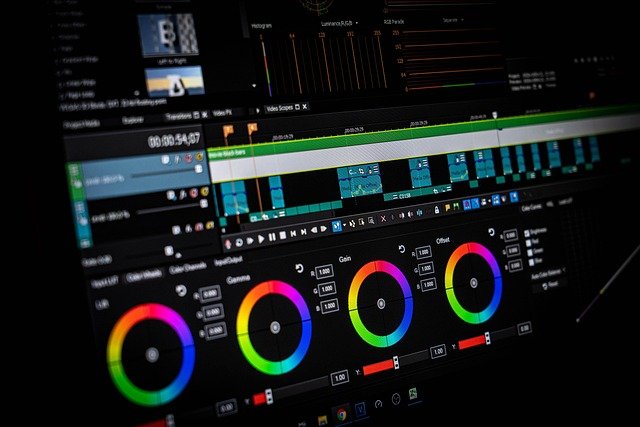Create Your Own Filter: Understanding Design Tool Options
Digital filters have transformed how we interact with visual content, from social media posts to professional photography. Creating your own custom filters opens up endless possibilities for personal expression, brand identity, and creative projects. Whether you're a content creator, business owner, or hobbyist, understanding the tools and processes available can help you develop unique visual effects that stand out in today's crowded digital landscape.

What Makes a Create Design Tool Effective
A robust create design tool should offer intuitive interfaces, comprehensive filter libraries, and customization options that cater to various skill levels. Modern platforms combine artificial intelligence with user-friendly controls, allowing both beginners and professionals to craft sophisticated visual effects. Key features include layer management, real-time preview capabilities, export options in multiple formats, and compatibility across different devices and operating systems.
The most effective tools provide templates as starting points while maintaining flexibility for complete customization. They should support various media types, from static images to video content, and offer seamless integration with popular social media platforms and content management systems.
Create Design Tool USA Market Overview
The United States leads the global design software market, with numerous domestic and international companies offering specialized filter creation platforms. American-developed tools often emphasize user experience, cloud-based collaboration, and integration with popular social media networks that originated in the country.
US-based platforms typically offer comprehensive customer support, extensive documentation, and community forums where users share techniques and troubleshoot issues. Many provide educational resources, including tutorials, webinars, and certification programs that help users maximize their creative potential.
Create Design Tool United States Implementation
Implementing filter creation tools in the United States market requires understanding local user preferences, platform compatibility, and regulatory considerations. American users often prioritize speed, efficiency, and seamless workflow integration when selecting design software.
Successful implementation involves considering factors such as data privacy compliance, accessibility standards, and cross-platform functionality. Many organizations choose cloud-based solutions that offer scalability, automatic updates, and collaborative features essential for modern creative workflows.
Technical Requirements and Specifications
Creating effective filters requires understanding technical specifications including resolution requirements, color profiles, and file formats. Most professional tools support industry-standard formats like PNG, JPEG, GIF, and increasingly, newer formats optimized for web and mobile use.
System requirements vary significantly between basic and advanced tools. Entry-level platforms may run efficiently on standard computers, while professional-grade software often requires dedicated graphics processing units, substantial RAM, and high-resolution displays for optimal performance.
Popular Platforms and Service Providers
Several established platforms dominate the filter creation market, each offering unique strengths and target audiences. Adobe Creative Suite remains a professional standard, while newer platforms like Canva and Figma have democratized design tools for broader audiences.
| Platform | Provider | Key Features | Cost Estimation |
|---|---|---|---|
| Photoshop | Adobe | Professional editing, extensive filters | $20-50/month |
| Canva Pro | Canva | Templates, collaboration tools | $12-15/month |
| Figma | Figma Inc. | Vector design, real-time collaboration | $12-45/month |
| GIMP | Open Source | Free alternative, plugin support | Free |
| Sketch | Sketch B.V. | Mac-focused, UI design | $9-20/month |
Prices, rates, or cost estimates mentioned in this article are based on the latest available information but may change over time. Independent research is advised before making financial decisions.
Getting Started with Filter Creation
Beginning your filter creation journey involves selecting appropriate tools based on your skill level, budget, and intended use cases. Start with free or low-cost options to understand basic concepts before investing in premium software.
Consider your target audience and distribution channels when designing filters. Social media platforms have specific requirements and limitations that influence design decisions. Practice with simple effects before attempting complex animations or interactive elements.
Successful filter creation combines technical knowledge with creative vision. Experiment with different styles, gather feedback from users, and iterate based on performance metrics and user engagement. Remember that effective filters enhance content without overwhelming the underlying message or visual elements.




